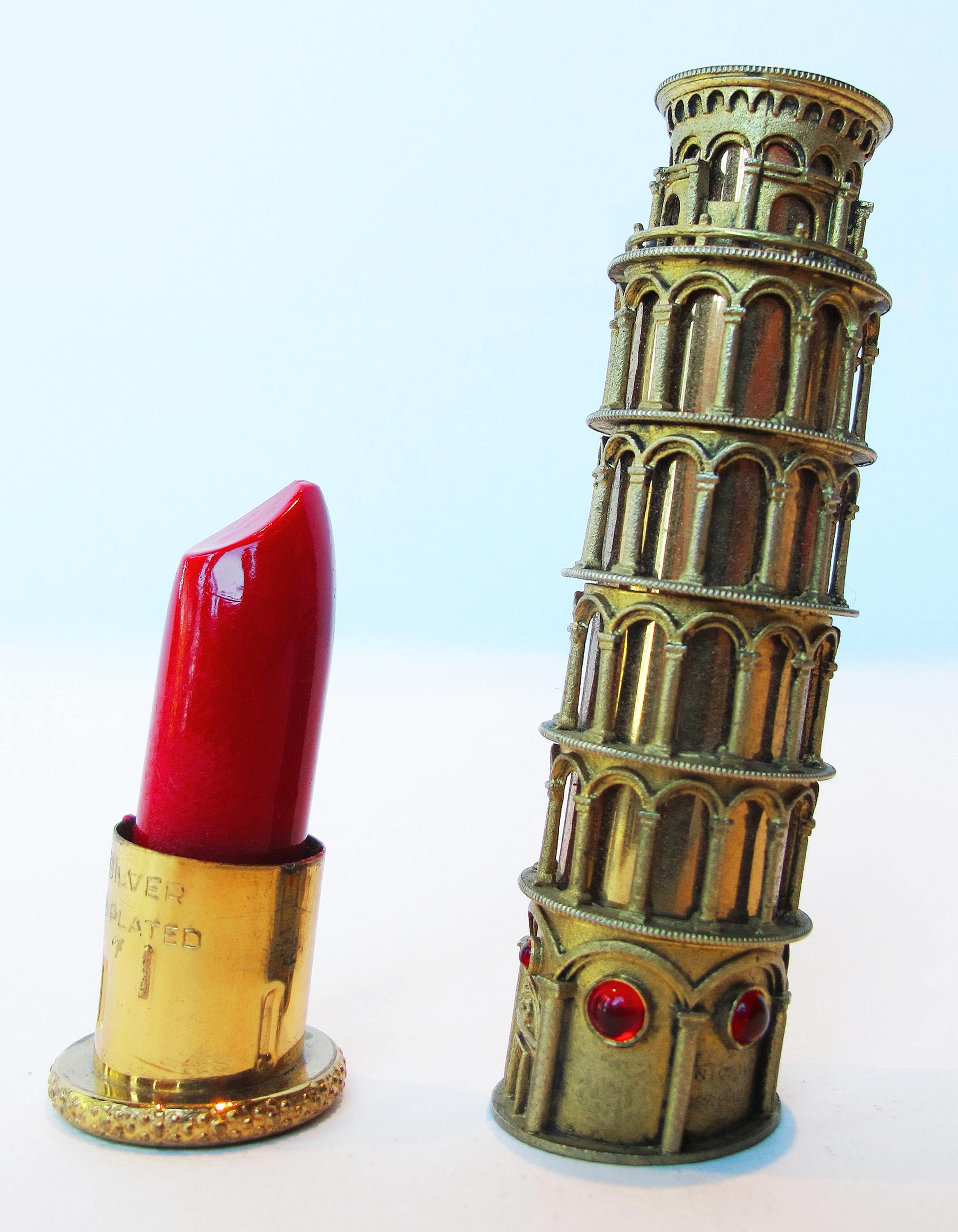David Weingarten donates over 3,000 objects collected over 40 years

WASHINGTON, D.C.—Today the National Building Museum announced the donation of over 3,000 souvenir buildings from the collection of David Weingarten. Amassed over 40 years and representing buildings from over 60 countries, the 20th Century Souvenir Buildings Collection is the leading and most extensive of its kind.
The collection is comprised of 3,069 three-dimensional miniatures of actual buildings and monuments that exist or have existed in the real world. These pocket-sized buildings are at once a reminder of travel, and a record of popular architecture—“a measure of places travelers have thought worth remembering.” Included in the collection are iconic tourist destinations, like the Tower of Pisa; Empire State Building; the Parthenon; the Space Needle; the Alamo; the Eiffel Tower; and the Temple of Heaven. Also included are more modest buildings, like dozens of suburban American banks, grain silos, and football stadiums, as well as souvenirs from places with less architectural, but nonetheless popular, pedigrees: Lincoln’s log cabin; Elvis’ Graceland; and the Disneyland Castle.
Souvenir buildings are almost always cast in a mold, mass produced, and made from various materials: cork; every sort of marble; brass and bronze; zinc, iron, silver, copper, and gold; plastic, paper, wood, clay, wax, and rubber; and even soap. In addition to their purpose as a souvenir, some serve other functions: they are inkwells, lamps, and boxes; paperweights, pencils, and pencil weights; salt and pepper shakers, banks, bookends and bottles; cigarette lighters, cigarette boxes, and ashtrays; needle cases, radios; erasers and candles.
“Among the surprising truths of souvenir buildings is that they almost never cause us to recall just buildings,” said David Weingarten. “Rather, we think of the place and its setting, ourselves and those with whom we visited, of the day or night, the time of year, moments momentous and everyday—that universe of reflection we associate with memorable places. Inevitably and ironically, for each of us, the identical souvenir building arouses extravagantly varied reminiscences.”
Weingarten first began collecting souvenir buildings in 1976, on a trip to Speyer Cathedral in Germany with his uncle, the architect Charles Moore. When his uncle purchased a larger miniature of the Cathedral, Weingarten opted for a smaller representation. The two Speyer Cathedrals, part of this collection, sparked a decades-long endeavor, later assisted by Margaret Majua, with whom Weingarten wrote two books about the collection, and Lucia Howard, his partner at Ace Architects and with Piraneseum, their enterprise focused on 17th-19th century European architectural models and pictures.
“It is not often that we can add whole buildings into our collection,” said Chase W. Rynd, executive director, National Building Museum. “David wisely recognized that these souvenir buildings are powerful tools for igniting memory of place, and provide what he calls ‘jolts of architectural essence’ in a way no other object or photograph can. This is a foundational gift for the Museum that we are delighted to share with the public for generations to come.”

The 20th Century Souvenir Buildings Collection joins the National Building Museum’s holdings of over 75,000 photographs, 100,000 architectural prints and drawings, 100 linear feet of documents, and 25,000 objects, including material samples, architectural fragments, historic building toys, and paper models. A selection of souvenir buildings are currently on display in the exhibition Animals, Collected, a cabinet of curiosities showcasing over 125 objects from the Museum’s collection that feature animal motifs. Additionally, the Museum will publish an online collections database so that anyone can access and use information and images of the collection.
“Though in a new and memorable setting—the National Building Museum—we imagine this collection of architectural mementos will continue its familiar work: sparking recollection of places modest and monumental, everyday and extraordinary, and with this, architecture’s part in all our lives,” said Weingarten.
Objects from the 20th Century Souvenir Buildings Collection have formed exhibitions in museums across the United States, including the San Francisco Museum of Modern Art, Art Institute of Chicago, Octagon Museum, St. Louis University, Museum of the City of New York, and SFO Museum. Souvenir Buildings/Miniature Monuments, describing the collection and phenomenon of architectural miniatures, written by David Weingarten and Margaret Majua, was published by Harry Abrams.
IMAGES AND MEDIA CONTACT
Selected images are available at go.nbm.org/souvenirbuildingspress. Photos are representative and reporters can request other images with parameters like specific building, city, country, material, year, or event. Contact Emma Filar at efilar@nbm.org. All photos courtesy National Building Museum.
ABOUT
The National Building Museum inspires curiosity about the world we design and build. We believe that understanding the history and impact of architecture, engineering, landscape architecture, construction, and design is important for all ages. Through exhibitions and educational programs, we show how the built world has power to shape our lives, communities, and futures. Public inquiries: 202.272.2448 or visit www.nbm.org. Connect with us on Twitter, Facebook, and Instagram.
